Truthear Zero: BLUE 2 - Upgrade Path from the Ultra-Budget?
The IEM market has no shortage of Harman-tuned options at low prices, so does the BLUE 2 do enough to represent a compelling alternative that’s worth the extra money versus less expensive options? Join listener as they break it down.
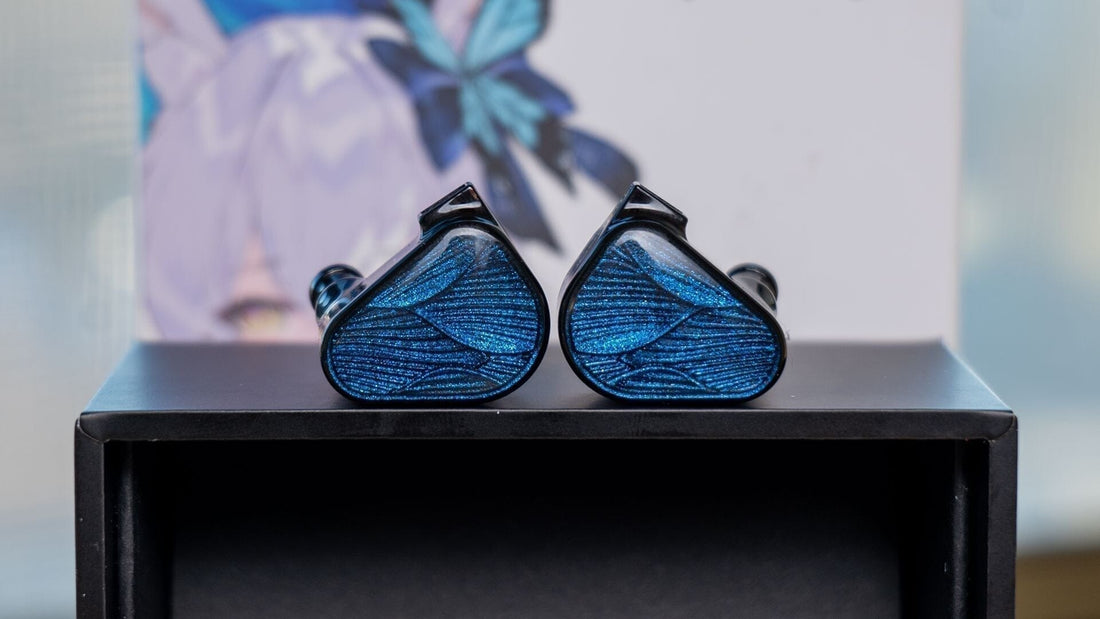
Truthear’s newest Zero: BLUE 2 is the latest in their line of collaborations with the world’s pre-eminent IEM nerd Crinacle, founder of In-Ear Fidelity and The Hangout. The original Zero: BLUE was Truthear’s first IEM, and it was tuned for rough adherence to Harman’s 2019 IEM target and was available at a relatively modest price ($50 at time of release, now $60).
With the Zero: BLUE 2, Crinacle and Truthear sought to take what they learned from the development of the Zero: RED and refine the BLUE entry to the Zero series for better ergonomics and better sonic performance.
As we know, the market has no shortage of Harman-tuned options at lower prices, so does the Zero: BLUE 2 do enough to represent a compelling alternative that’s worth the extra money? Let’s find out.
What we like
- Better accessories than the predecessor
- Slightly narrower nozzle width than the predecessor
- Better distortion performance than the predecessor
What we don’t like
- Foam tips are critical to the tuning, Silicone tips sound pretty bad
- A bit too much bass for its own good
- Ergonomics aren’t as improved as I’d hoped
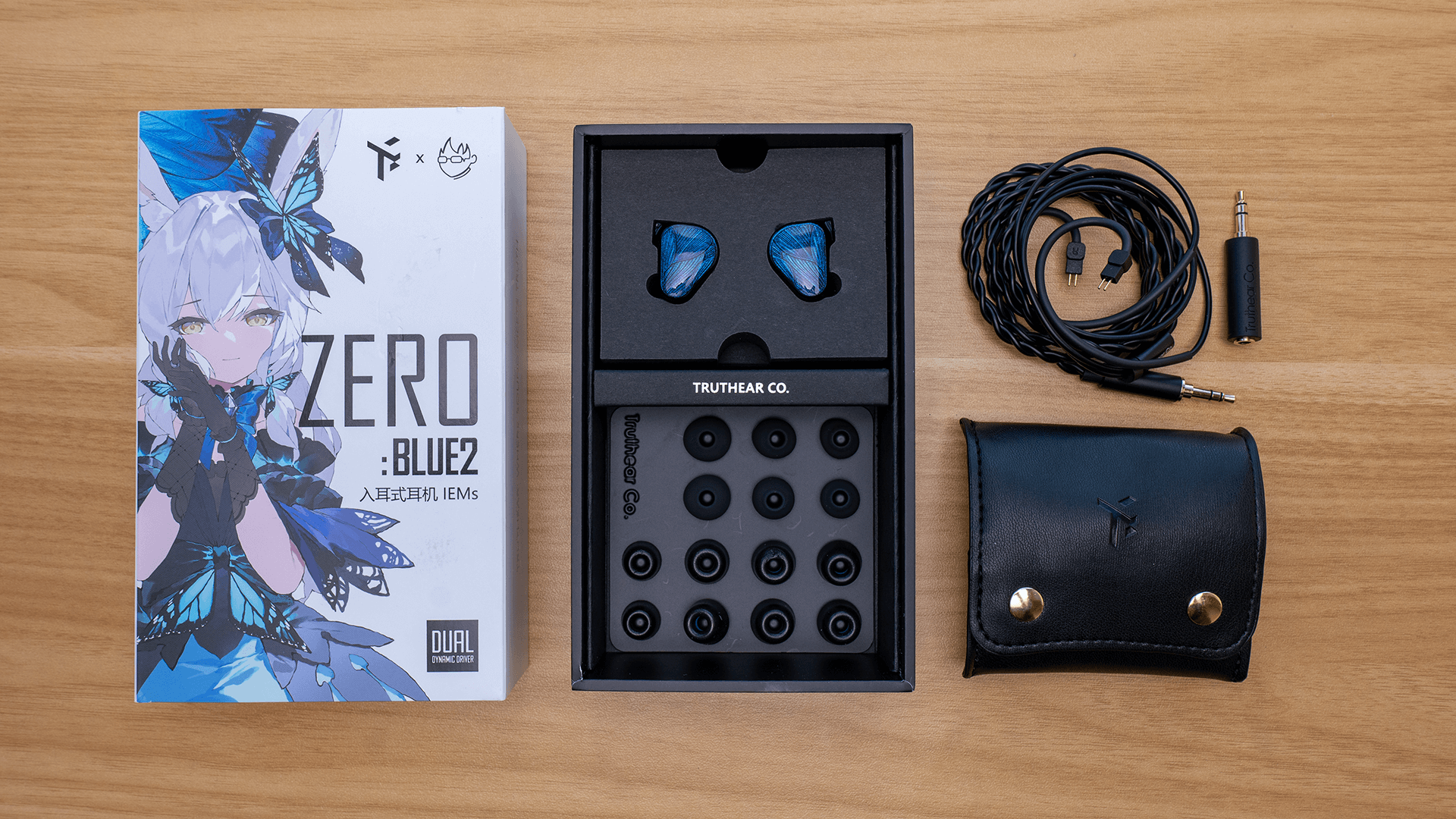
What’s In The Box
In the box we get some things reminiscent of the original Zero, some new improvements, and some things that are a bit vexing. Touching on the unchanged variables first, with the Zero: BLUE 2 we get the same leatherette pouch and faceplate aesthetic we got with the original Zero.
One new benefit is that we now get a 3.5mm-to-dual 2-pin cable that is much less tangle-prone than the original Zero’s braided cable. The prior cable was also quite thin, and felt very rough in the hand. The current cable, by contrast, is much more similar (the same?) to the Truthear GATe’s cable, and is both substantial enough to not feel cheap, while also ergonomic enough to not get in the way of listening enjoyment. I like this cable.
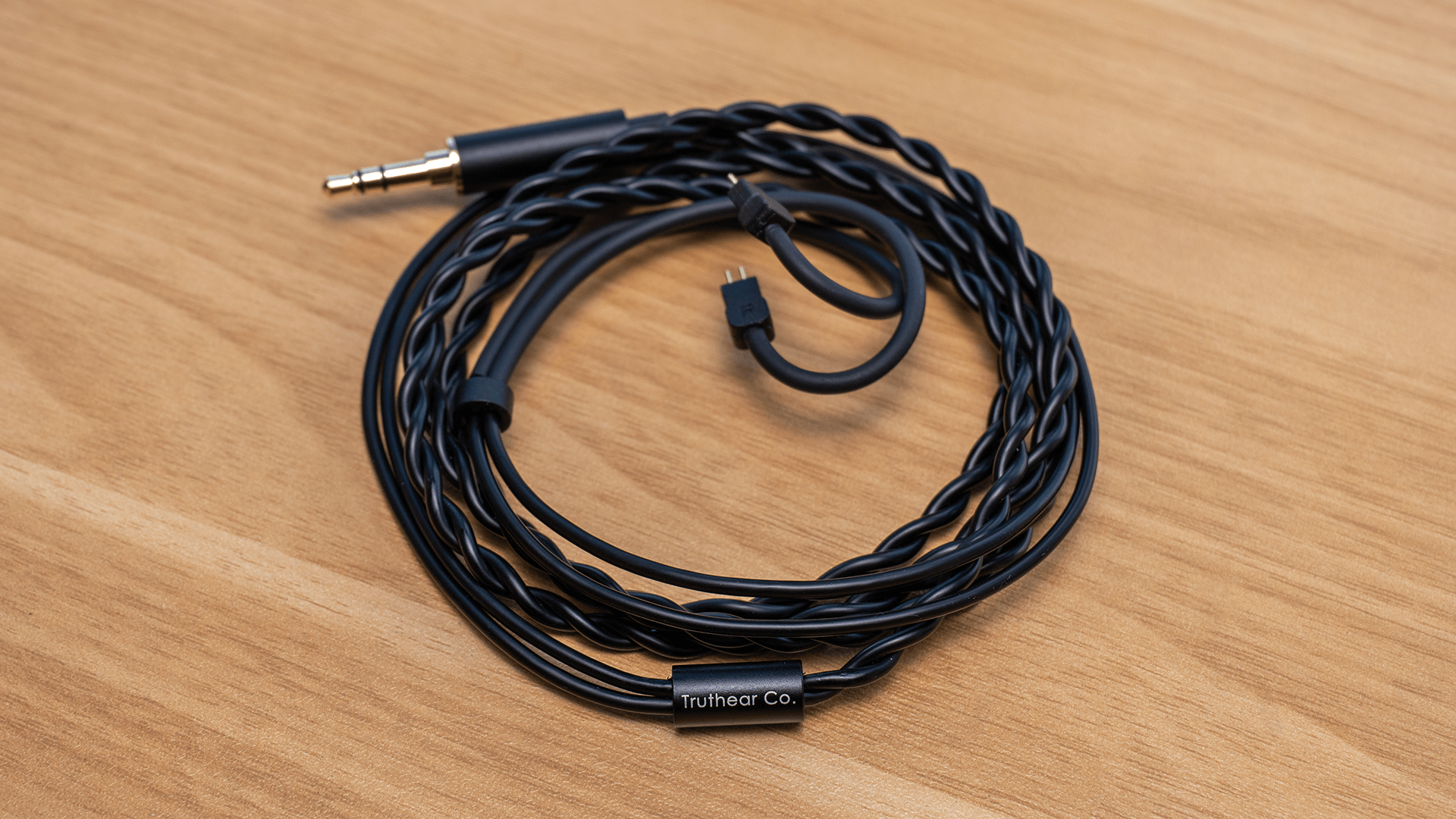
Another change is that the nozzle on the Zero: BLUE 2 is narrower at the widest point (6.2mm) than the original Zero’s nozzle (6.8mm). However, I must confess that this nozzle is still a bit on the chunky side, and still firmly on the long side. The latter unfortunately means the overall comfort is still quite poor for me, so while I appreciate the effort, it didn’t really solve my issues with this shell design.
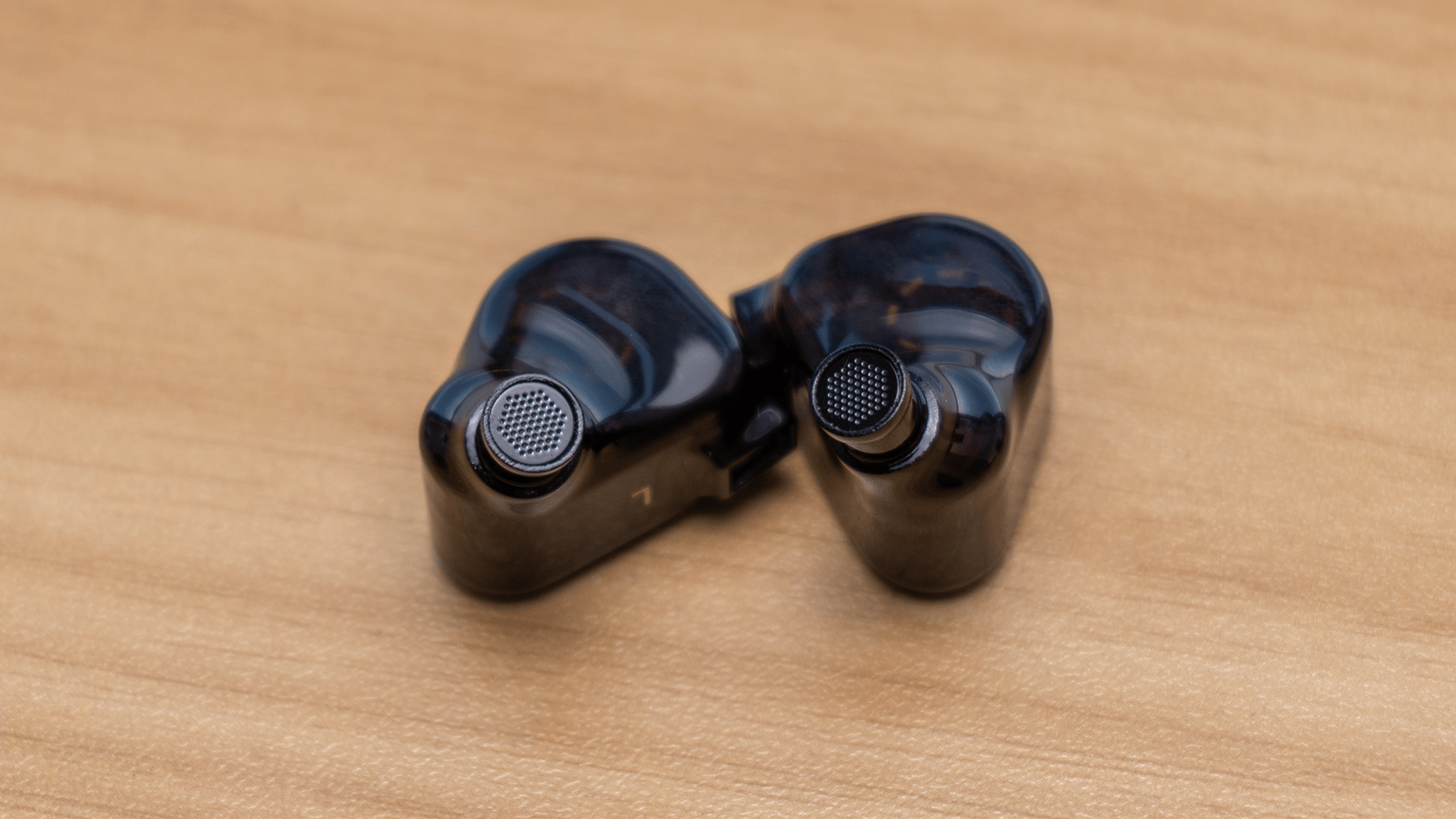
One change I’m much less excited about is that the Zero: BLUE 2 only comes with one kind of silicone tip—the same grey Acoustune AET07 clone that Moondrop, Truthear, Softears, etc. all use—and a full complement of foam tips. The silicone tip is totally fine ergonomically, in fact I prefer it to the silicone tips that came with the original Zero, and it’s a tip I particularly like on my Softears Volume S.
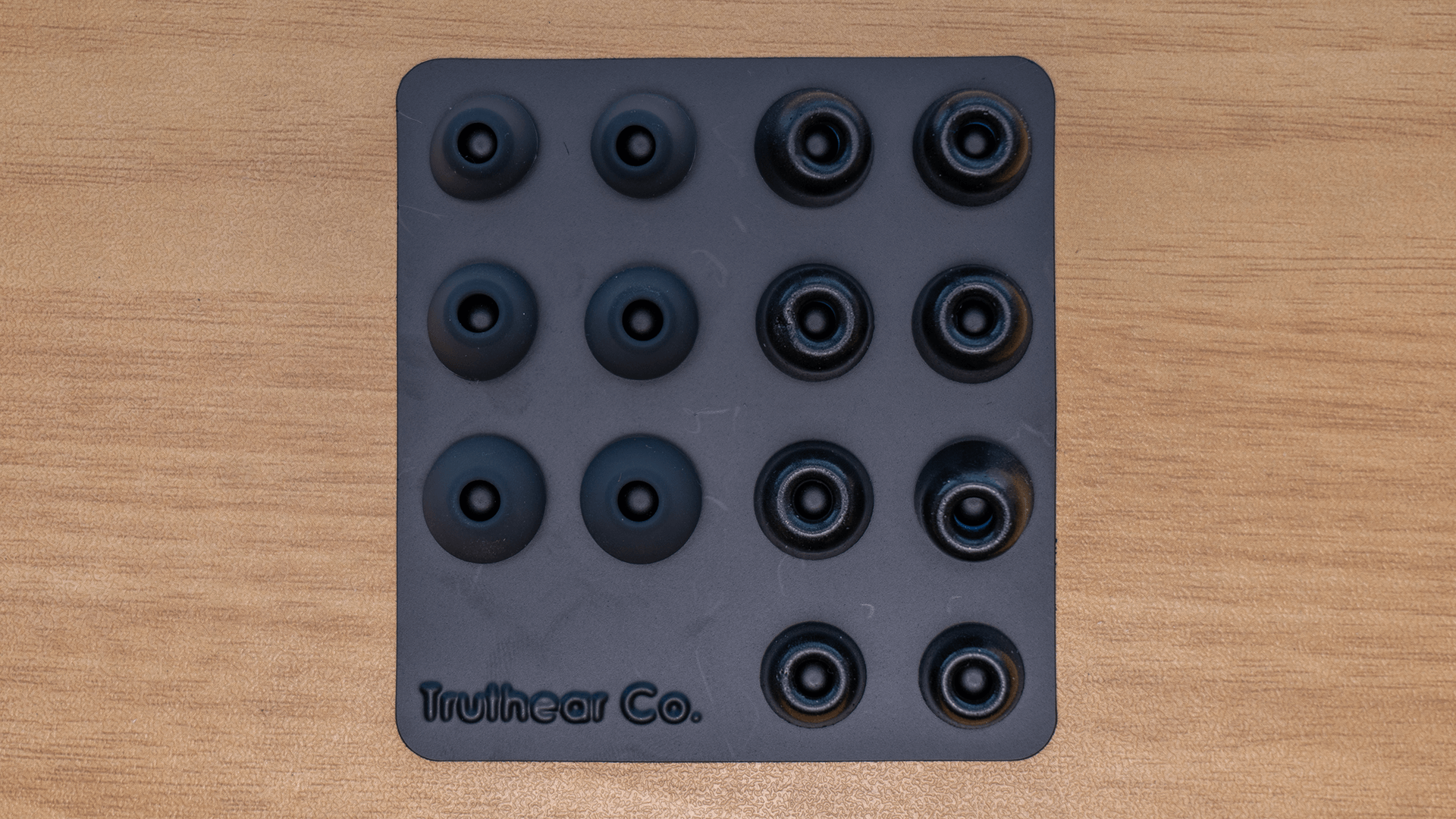
But I really, really do not like foam tips. They absorb moisture and bacteria and are hard to clean, and for that reason are inherently disposable. I see no compelling reason to use a disposable, unsanitary eartip when long-lasting and easily cleanable silicone is available, unless you’re using foam to dampen treble (which is seemingly the goal here).
Personally I view the reliance on foam tips as a pretty obvious tuning crutch, but it’s at least one that works. Despite that, I still dislike using foam tips, I’ll give my opinion of both in the sound section, though.
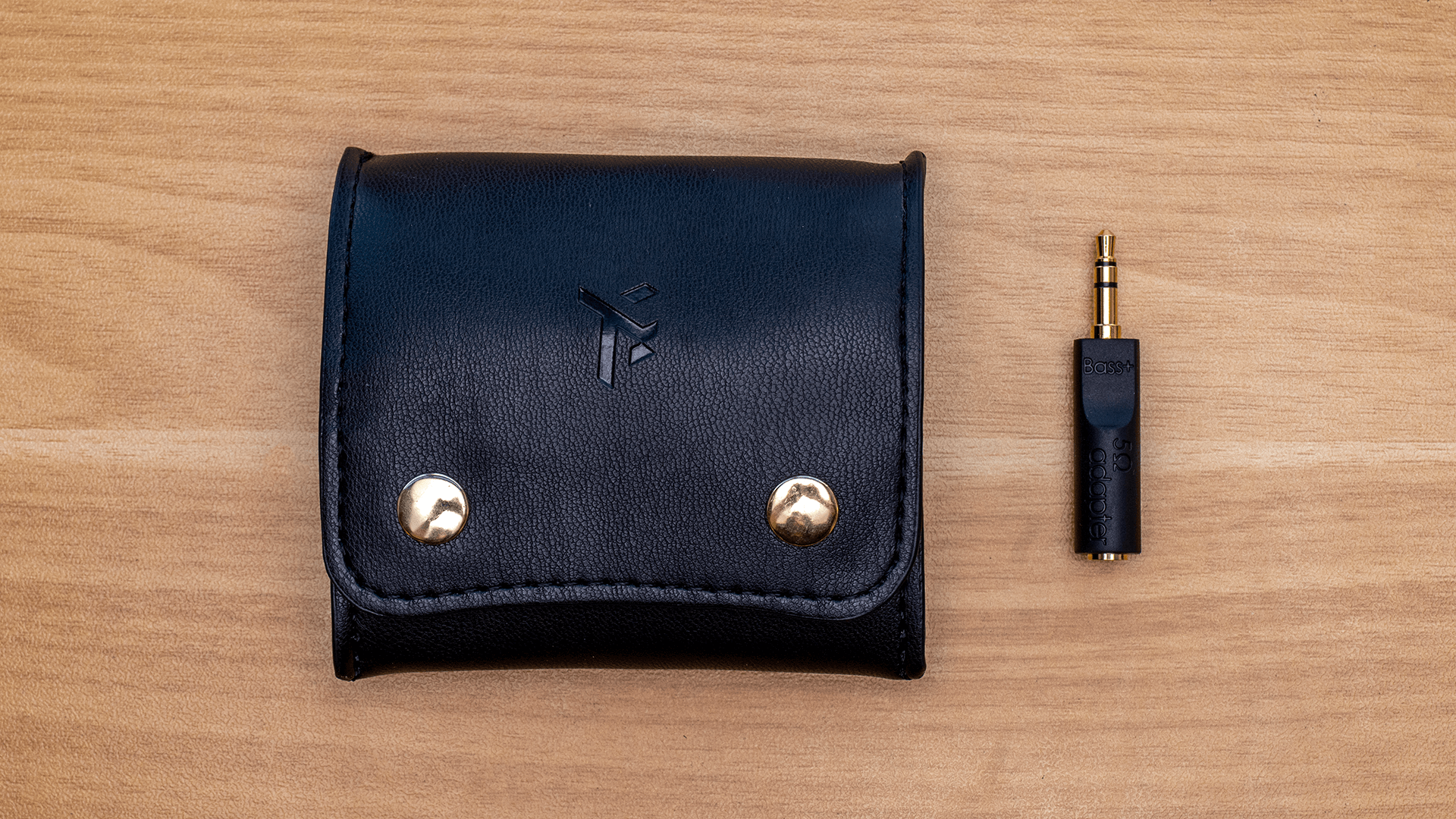
Finally, the Zero: BLUE 2 now comes with an impedance adapter similar to the Truthear Zero: RED, which due to the crossover design of the Zero: BLUE 2 results in a 5-6 dB bass shelf with its corner frequency around 360 Hz. This tilts up not only the bass, but the midrange too, and causes the Zero: BLUE 2 to sound much more slow, lethargic, and indistinct.
This muddiness existed for me with the impedance adapter on the Zero: RED as well, so it’s definitely something I don’t see myself wanting to use. That said, it’s still nice that they’ve included a free option for people who like extremely bassy IEMs to get something closer to their preference.
Overall, what you get in the box accessories-wise is actually really solid for the price, but the ergonomics are still less than ideal for me. The cable being good and the inclusion of the impedance adapter are nice fixtures at this price, but the rest is either the same or arguably worse if you also don’t like foam tips and would’ve liked another set of silicone tips with a different bore size.
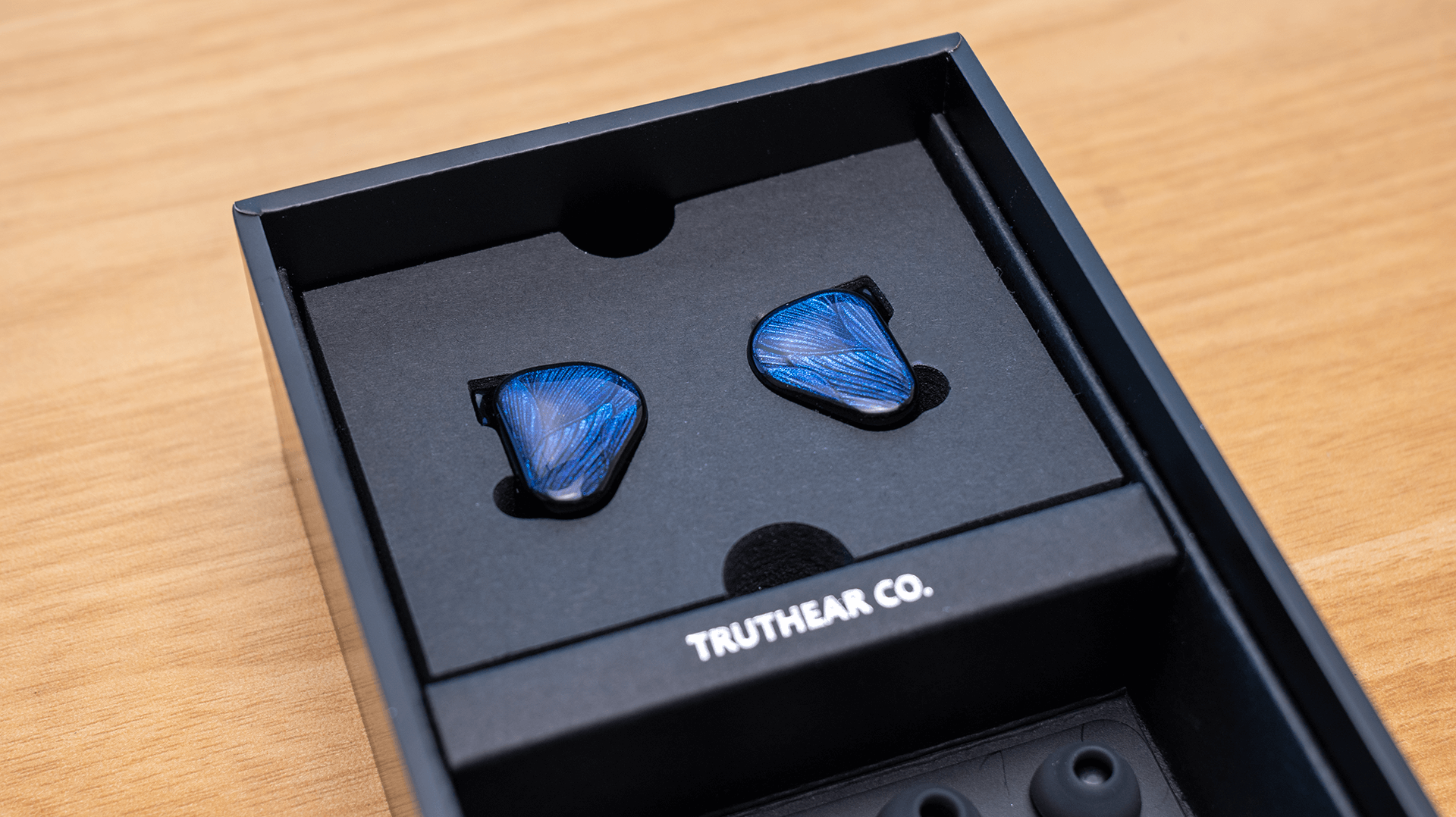
Sound
Before I go any further, I want to make it clear that I consider Crinacle a friend, which is why I wish I had nicer things to say about the Zero: BLUE 2. I don’t really like it, though. Let’s talk about why.
Those who have followed my reviews know I’m already pretty opposed to Harman’s 2019 IEM target, but the Zero: BLUE 2 adds at least one or two brand-new nitpicks to a target I already don’t like.
Starting with the bass, we do have the prominent, “bouncy” mid-bass forwardness typical of other Harman-tuned IEMs, but the Zero: BLUE 2 seems a good deal slower and less distinct than other IEMs aiming for Harman due to the substantially boosted bass region. Instead of sounding impactful and forceful like I think was the intent, many of the hits in the bass just sound suffocatingly thick.
Kick drums often sound like they only have bass content, when they should have more thwack or click from the upper frequencies present to balance it. Bass guitars sound swollen in their fundamentals with little-to-no harmonic content until you get to the 3 kHz region, but this is the tippy-top of the pick attack range and doesn’t add enough of a voice or texture to the instrument.
Additionally, the excess bass drowns out midrange, and this contrast makes the bass sound incredibly in-your-face while most of the elements in the midrange sound eerily distant. To me, at least—I could see this being a boon for soundstage enjoyers, but this kind of presentation has always felt incoherent to me.
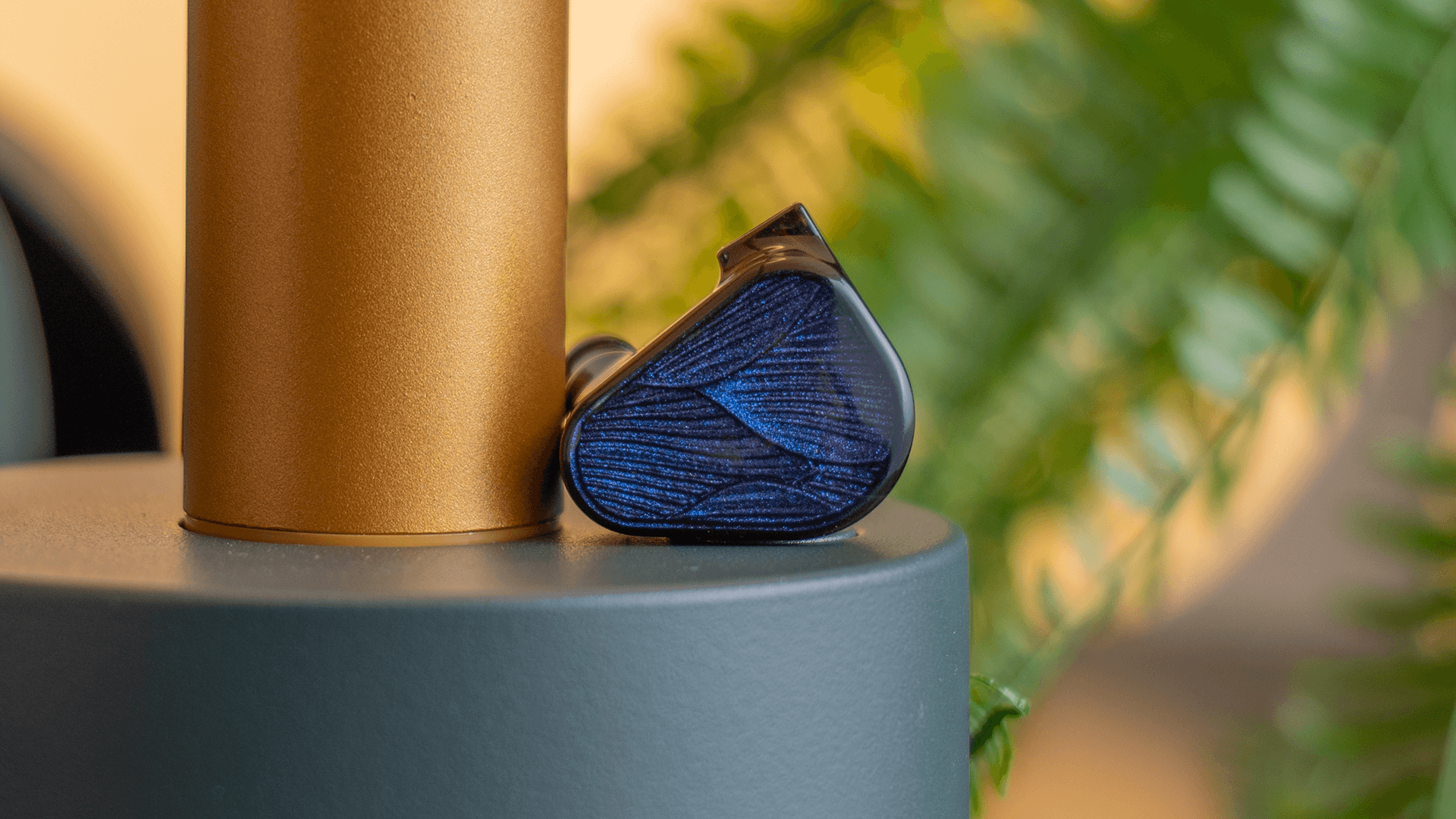
Speaking of the midrange, it’s pretty typical of this kind of tuning in that instruments and voices with significant midrange presence sound weirdly translucent and bereft of note weight. Snare drums on Zero: BLUE 2 do sound a bit chalky and insubstantial. Guitars sound a bit like they’re being played out of a phone speaker, and vocals sound like their singing through gritted teeth at times.
Most Harman IEMs get the midrange wrong for my preference, so I was definitely going into this expecting a midrange flavor I wouldn’t like. But even outside of the midrange’s tuning in isolation, the biggest issue for me is the lack of coherence with the bass.
The treble on Harman IE tuned sets is usually too forward for me, but it’s usually mercifully relegated to the area of the treble I’m most tolerant in—lower treble between 4-7 kHz. Not so here.

Silicone Tips
Zero: BLUE 2—with silicone tips, at least—adds a ton of treble above 10 kHz. And before I start kvetching I should mention that a) some people might find this preferable to other Harman-esque treble tunings, either due to their anatomy or because it masks the lower treble glare fairly efficiently and b) the IEM is, per Crin, intended to be used with foam tips.
We’ll get to the foam tips in a second, but with the silicone tips the treble here imparts an incredibly unnatural glassiness to basically everything with any energy above 8 kHz, such that the IEM sounds like I’ve gotten into a car where someone has boosted the treble controls up to max.
Vocalists sound like they’ve got gaps in their teeth causing unfortunate whistling, acoustic guitars sound overwhelmingly plasticky, and hi-hats are a complete sizzlefest. While Zero: BLUE 2 is not quite as bad as certain planar magnetic IEMs, I have to say that the treble tuning with silicone tips disqualifies Zero: BLUE 2 as something I could ever reasonably recommend to most people.
Now people may say that I’m being unfair and not using it “as intended” because I’m using the silicone tips, and that’s fair enough. But as said: I’m really not happy about the foam tips.
I’m far from the only one that opts to never use them for completely valid reasons, and if the IEM sounds bad with what are—for all intents and purposes—normal IEM tips, I think it’s fair to call that out, since many people are not intending to use their IEMs with foam tips.
That said, do the foam tips actually sound better?
Foam Tips
The short answer is kind of. The upper treble is much more palatable with foam tips above 11 kHz, but the area between 9-11 kHz is harsher to my ear in a way that brings up a few new problems. If the IEM were tuned like this with silicone tips, I don’t think I’d be as upset, though; this sounds more like what I expect from a Harman IEM, and some people (not me) do like those.
The sizzle on hi-hats is still present but of a different character. The wispiness of vocals is abated, but replaced with a glare that’s a bit more fatiguing, but occurs less often.
Even if it’s still not what I’d call a particularly revolutionary take on Harman, with foam tips it’s much more in-step with what I’ve come to expect from this kind of tuning. The bass is still overblown, and the midrange issues on vocals, guitars, and snare drums are still as present as ever, but at least the treble isn’t nightmarish.
On the upside, the sense of impact is more well-rounded instead of just being defined by bass and super-high treble. However, the stage still has the slightly disorienting hallway-like depth and narrowness of imaging from before, but to a lesser degree.
So is it better with foam tips? Yes, for sure. If you’re the kind of person who doesn’t mind foam tips and wants a Harman-tuned IEM, I’d say Zero: BLUE 2 fits that bill… but only for people who are down with foam tips.
Even with the tip swap, I’m still not all that pleased with the tuning here, which raises the question: Regardless of tips, is me disliking the sound really a Zero: BLUE 2 issue, or is it a “Harman IE 2019 and I” issue?
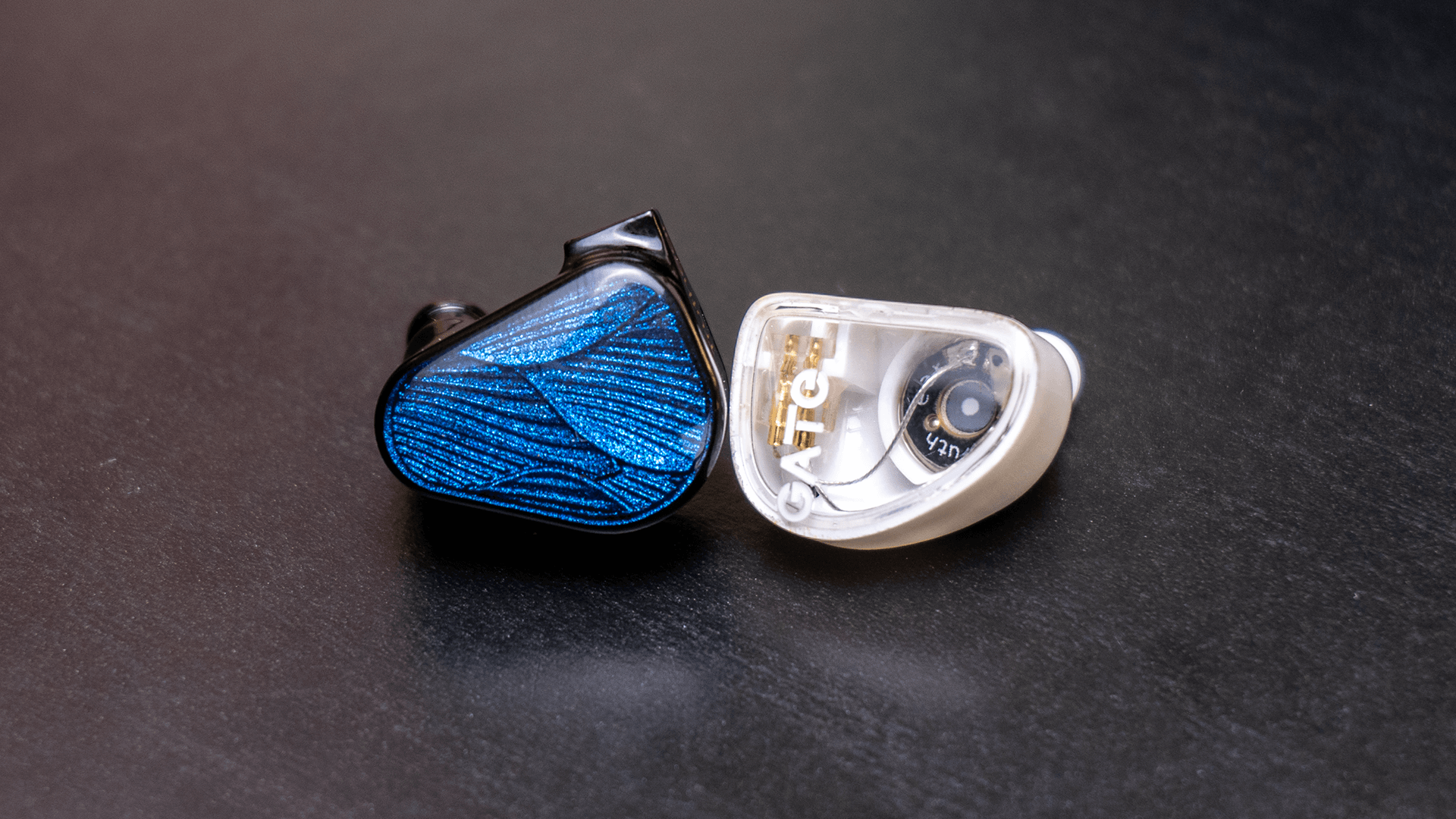
Comparison to Truthear GATe
Well for one, the Zero: BLUE 2 (at least my unit) doesn’t actually adhere to Harman in the bass or treble all that well. That’s fine though, deviations from Harman are often preferable for me since I don’t like Harman IE tuning… but only if they’re the right kind of deviations.
Zero: BLUE 2 unfortunately does the opposite of what I’d prefer, presenting as more V-shaped than Harman to my ear, even with the foam tips. This extra coloration is only made more obvious when comparing it to Truthear’s less expensive GATe, a single DD IEM that’s available for only $22.
Even disregarding sound, just placing the GATe into my ear is a more pleasant experience than doing the same for the Zero: BLUE 2. Though GATe has a slightly wider nozzle lip, its nozzle is shorter such that the IEM’s shell itself nestles in more securely to my ear. It’s easier for me to get and maintain a consistent seal.
GATe also has what seems like an equally nice stock cable, as well as a better eartip selection—including one of my favorite eartips (Truthear’s short core, wide bore tip).
But if we include sound in the comparison, GATe adheres closer to the Harman target for those who know they want a Harman-tuned IEM, but it also just… sounds more normal to me.
The bass boost is much more reasonable, primarily sub-bass focused but lower in magnitude. It’s still plenty capable of offering a present and impactful kick drum hit or bass guitar slap, while not drowning you in mid-bass lumpiness.
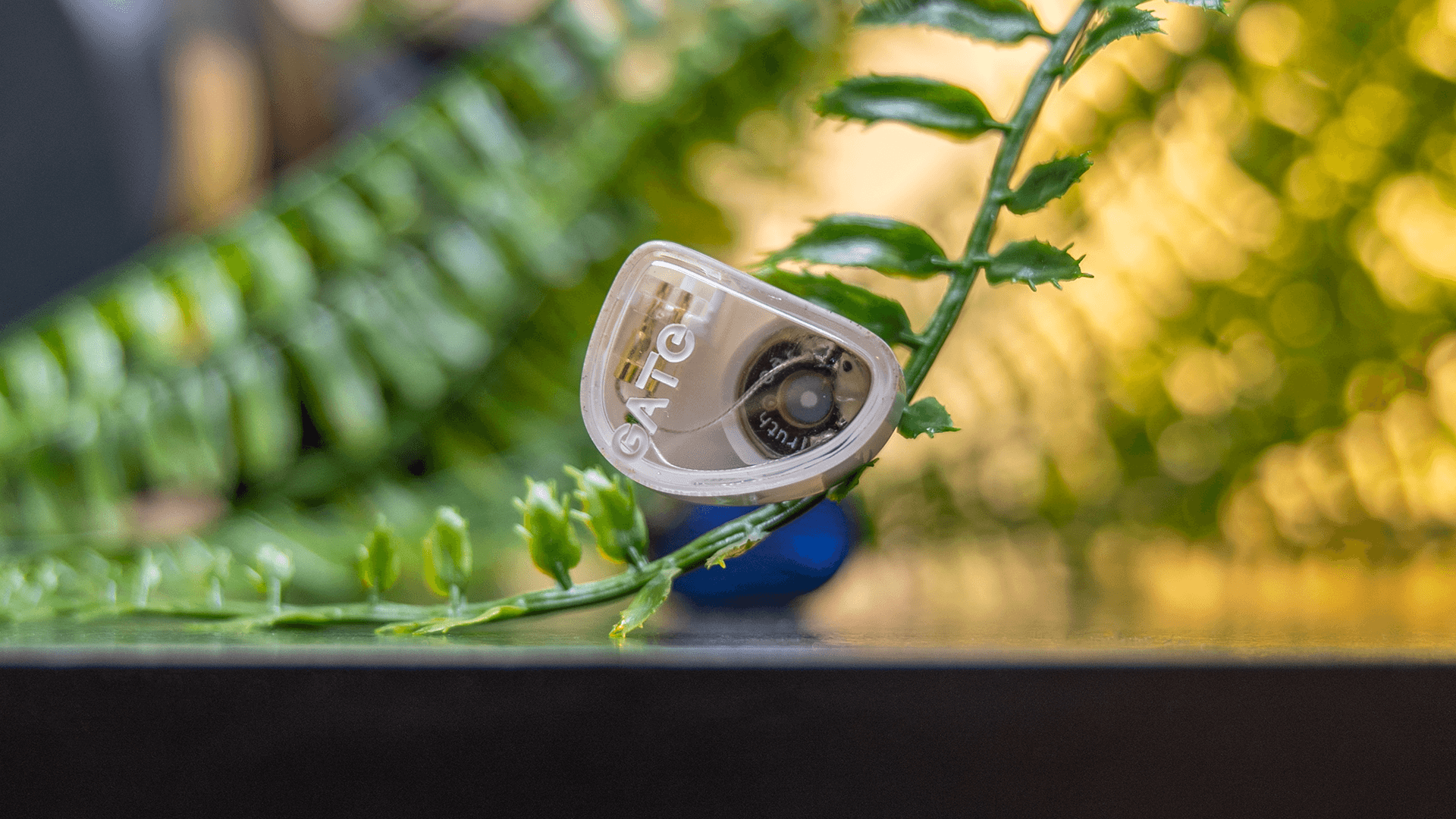
The midrange is still a little thin for my taste but much more coherently integrated with the bass. Vocalists now sound like they’re in the same room as the bass and kick drum instead of down the hall, bass guitars now have an actual voice to them, and snare drums now have some level of thud and meat on the bones.
I never thought I would say that typical Harman treble tuning sounds like a breath of fresh air, but after listening to Zero: BLUE 2, GATe’s treble sounds considerably more normal and balanced sounding by comparison.
After a few tracks, the GATe’s lower treble did reveal itself to still be unnaturally boosted (with narrow bore tips, at least), but the upper treble was a night-and-day difference. GATe works much better for me up there with my preferred wide bore tip, with the only real issue being a rarely-occurring “lisp” due to a single narrow band peak above 12 kHz. Zero: BLUE 2 by contrast sounds more unfocused and splashy.
In terms of subjective sound, GATe sweeps in the metric that’s most important to me: dynamics. While the Zero: BLUE 2 has more of an ever-present boominess to kick drums that some may perceive as “slam,” the impact and attack of GATe is both more precise and much less homogenous, and importantly the sense of dynamic contrast applies to regions other than just midbass.
In other words, Zero: BLUE 2 has boomin’ bass, while GATe has considerably more nuance in terms of portraying contrast throughout the full frequency spectrum of my music.
I will say, the Zero: BLUE 2 is significantly more spacious and deep sounding than the GATe, but I think for me it’s because of the contrast in volume between bass and low-midrange. The latter region is so recessed that vocals do end up having a sense of distance to their placement. To be clear though, this quality matters little to my judgment of an IEM’s sound quality.
Overall, I think GATe is a better IEM because it can be used with normal IEM tips, and has both better ergonomics, and, for me at least, a better sound profile too.
The main argument for Zero: BLUE 2 in this comparison is that it will likely be better for people who want a much more V-shaped tuning, or a more bass-focused listen in general. It does have more fun bass than GATe, and a more distinct stagey feeling too.
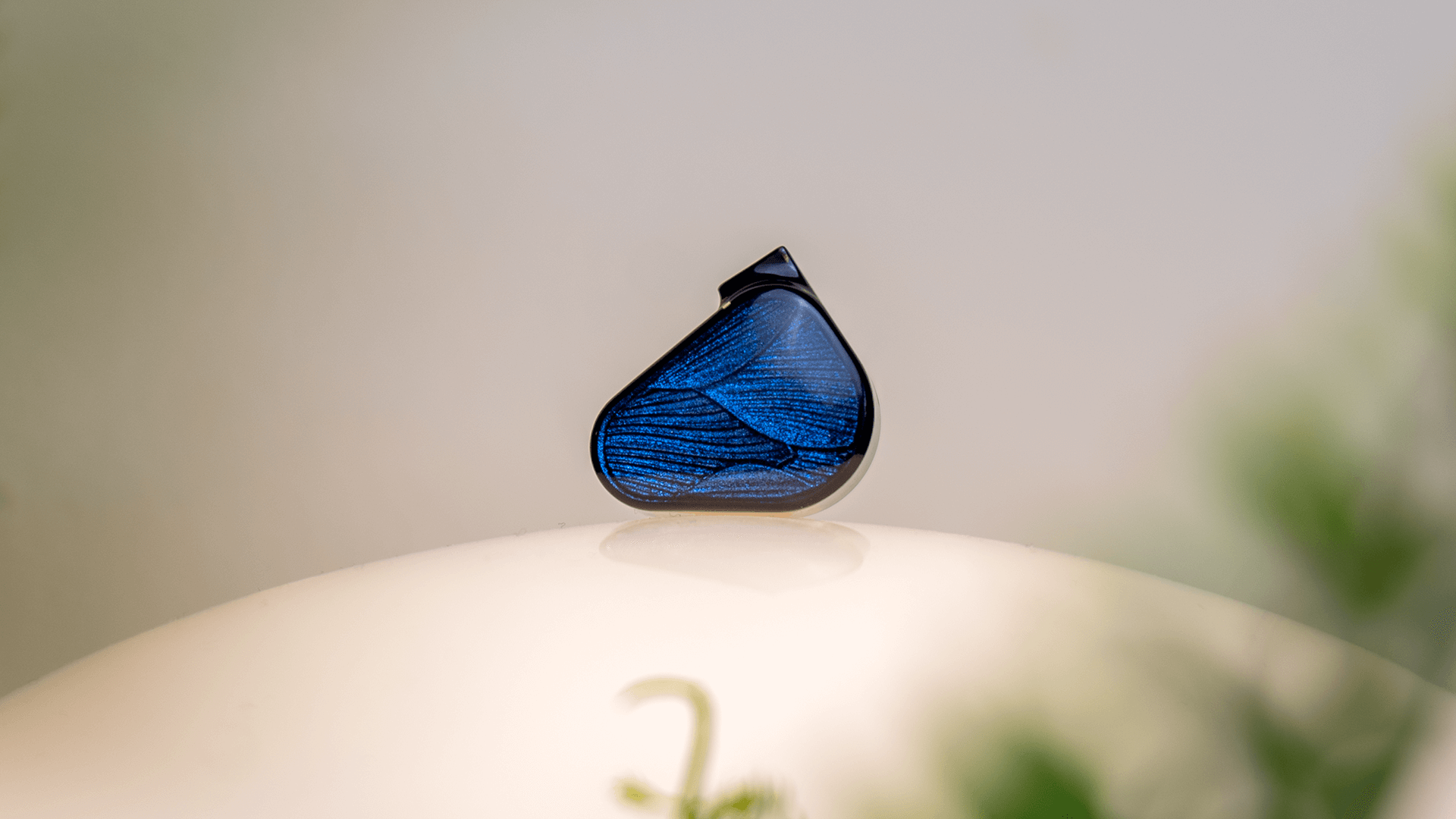
Conclusion
The unfortunate truth is that the extra upper treble energy when using normal IEM tips is really a dealbreaker for me. Zero: BLUE 2 takes Harman—a signature I don’t like, but respect as a valid option—and asks for even more compromise from me in order to enjoy my music.
While yeah, I can use the foam tips, I think an IEM that locks users into only ever using one kind of tip is by definition limited in the audience it can appeal to and serve well.
From a product design perspective, Zero: BLUE 2’s sound signature with foam tips is a defensible tonality to aim for, because some people really do like that sound… but I don’t like the sound, and Zero: BLUE 2 still has a few issues ergonomically that aren’t as big an issue with other, similarly tuned IEMs.
Ultimately, I think a majority of people looking for a Harman-tuned IEM are going to be better served buying other Harman-tuned options in or below this price bracket. Ones that don’t require being locked into foam tips or having this particular comfort profile.
